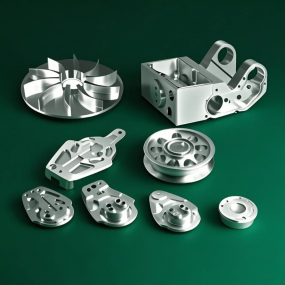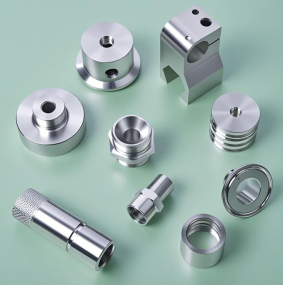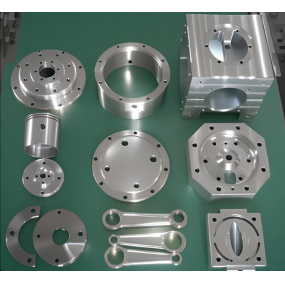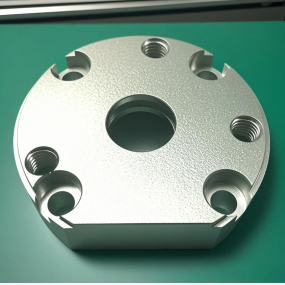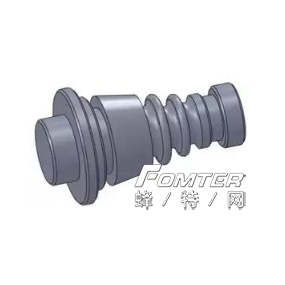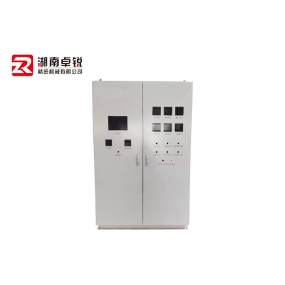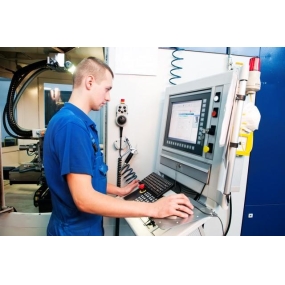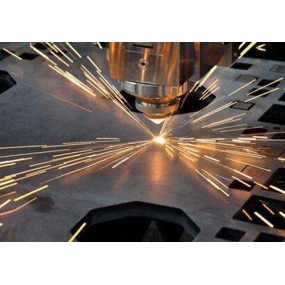The precision of precision machining in Shenzhen has been improved by more than one order of magnitude compared with traditional precision machining.
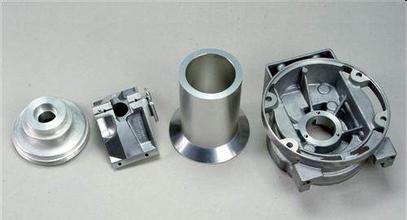 Shenzhen precision parts processing has special requirements for workpiece materials, processing equipment, tools, measurement and environmental conditions, and requires the comprehensive application of precision machinery, precision measurement, precision servo systems, computer control and other advanced technologies. The accuracy of ultra-precision machining is more than one order of magnitude higher than that of traditional precision machining. In addition to the need to adopt new processing methods or new processing mechanisms, there are special requirements for workpiece materials, processing equipment, tools, measurement and environmental conditions.
Shenzhen precision parts processing has special requirements for workpiece materials, processing equipment, tools, measurement and environmental conditions, and requires the comprehensive application of precision machinery, precision measurement, precision servo systems, computer control and other advanced technologies. The accuracy of ultra-precision machining is more than one order of magnitude higher than that of traditional precision machining. In addition to the need to adopt new processing methods or new processing mechanisms, there are special requirements for workpiece materials, processing equipment, tools, measurement and environmental conditions.
Do you know how to process precision parts in Shenzhen? Let‘s take a look.
When the machining accuracy of precision machining in Shenzhen is in nanometers, or even in atomic units (atomic lattice distance is 0.1 to 0.2 nanometers), the cutting method can no longer be adapted, and it is necessary to use special machining methods, that is, the application of chemical energy, electrochemical energy, thermal energy or electrical energy, etc., to make these energies exceed the binding energy between atoms, thereby removing the adhesion, bonding or lattice deformation of some atoms on the surface of the workpiece, in order to achieve the purpose of ultra-precision machining.
For example, the plate making of VLSI is to use an electron beam to expose the photoresist on the mask (see photolithography), so that the atoms of the photoresist are directly polymerized (or decomposed) under the impact of electrons, and then the polymerized or unpolymerized parts are dissolved by the developer to make a mask. Electron beam exposure plate making requires the use of ultra-precision machining equipment with a table positioning accuracy of up to 0.02 microns.
Mechanical chemical polishing, ion sputtering and ion implantation, electron beam exposure, laser beam processing, metal evaporation, and molecular beam epitaxy belong to this type of processing. These methods are characterized by extremely fine control over the amount of material removed or added to the surface layer. However, to achieve ultra-precision machining accuracy, it still depends on precision machining equipment and precise control systems, and the use of ultra-precision masks as intermediaries.
Ultra-precision machining mainly includes ultra-precision turning, mirror grinding and grinding. In ultra-precision lathes, single-crystal diamond tools that have been finely ground are used for micro-turning, with a cutting thickness of only about 1.5 microns. They are often used to process high-precision, highly smooth surface parts such as spherical, aspherical and flat mirrors of non-ferrous metal materials.


 Spanish
Spanish Arabic
Arabic French
French Portuguese
Portuguese Belarusian
Belarusian Japanese
Japanese Russian
Russian Malay
Malay Icelandic
Icelandic Bulgarian
Bulgarian Azerbaijani
Azerbaijani Estonian
Estonian Irish
Irish Polish
Polish Persian
Persian Boolean
Boolean Danish
Danish German
German Filipino
Filipino Finnish
Finnish Korean
Korean Dutch
Dutch Galician
Galician Catalan
Catalan Czech
Czech Croatian
Croatian Latin
Latin Latvian
Latvian Romanian
Romanian Maltese
Maltese Macedonian
Macedonian Norwegian
Norwegian Swedish
Swedish Serbian
Serbian Slovak
Slovak Slovenian
Slovenian Swahili
Swahili Thai
Thai Turkish
Turkish Welsh
Welsh Urdu
Urdu Ukrainian
Ukrainian Greek
Greek Hungarian
Hungarian Italian
Italian Yiddish
Yiddish Indonesian
Indonesian Vietnamese
Vietnamese Haitian Creole
Haitian Creole Spanish Basque
Spanish Basque

